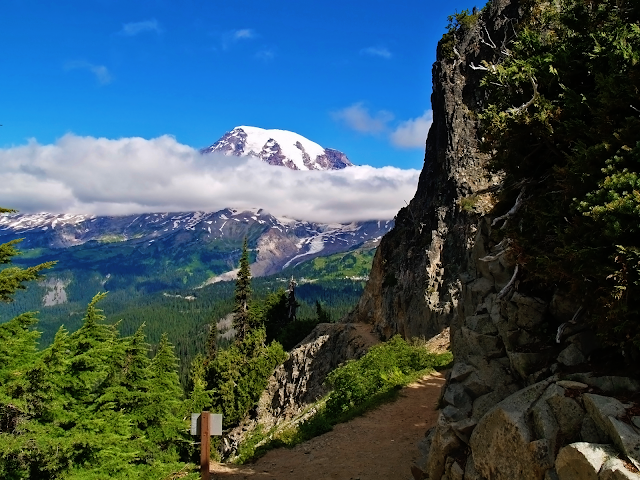King Corn Mowed Down 2 Million Acres of Grassland in 5 Years Flat
They looked at recent land-use changes in what they call the “western corn belt”—North Dakota, South Dakota, Minnesota, Iowa, and Nebraska—between 2006 and 2011. What they found was that grasslands in that region are being sacrificed to the plow at a clip “comparable to deforestation rates in Brazil, Malaysia, and Indonesia.” According to the researchers, you have to go back to the 1920s and 1930s—the “era of rapid mechanization of US agriculture”—to find comparable rates of grassland loss in the region. All told, nearly 2 million acres of grassland—an area nearly the size of Rhode Island and Delaware combined—succumbed to the plow between 2006 and 2011, they found. Just 663,000 acres went from corn/soy to grassland during that period, meaning a net transfer of 1.3 million acres to the realm of King Corn.
The territory going under the plow tends to be “marginal,” the authors write—that is, much better for grazing than for crop agriculture, “characterized by high erosion risk and vulnerability to drought.”
When farmers manage to tease a decent crop out of their marginal land, they’re rewarded. But if the crop fails, they’re guaranteed a decent return.So why would farmers plow up such risky land? Simple: Federal policy has made it a high-reward, tiny-risk proposition. Prices for corn and soy doubled in real terms between 2006 and 2011, the authors note, driven up by federal corn-ethanol mandates [5] and relentless Wall Street speculation [6]. Then there’s federally subsidized crop insurance, the authors add. When farmers manage to tease a decent crop out of their marginal land, they’re rewarded with high prices for their crop. But if the crop fails, subsidized insurance guarantees a decent return. Essentially, federal farm policy, through the ethanol mandate and the insurance program, is underwriting the expansion of corn and soy agriculture at precisely the time it should be shrinking.
Crop insurance and subsidies can be good things if used sparingly in the right circumstances. It seems that this is one of the not good circumstances. Corn must have some good lobbyists as well, since Washington policy generally moves towards the money, even if it is short term.
A raven who has a favorite trucker. The raven seems to enjoy using air turbulence in front of his truck.
Study finds fog-like condition related to chemotherapy’s effect on new brain cells and rhythms
New research by Rutgers University behavioral neuroscientist Tracey Shors offers new clues for this fog-like condition, medically known as chemotherapy-induced cognitive impairment. In a featured article published in the European Journal of Neuroscience, Shors and her colleagues argue that prolonged chemotherapy decreases the development of new brain cells, a process known as neurogenesis, and disrupts ongoing brain rhythms in the part of the brain responsible for making new memories. Both, she says, are affected by learning and in some cases are necessary for learning to occur.
Most chemo patients recover from this brain ‘fog’, but about 15% suffer long term cognitive issues.








You must be logged in to post a comment.